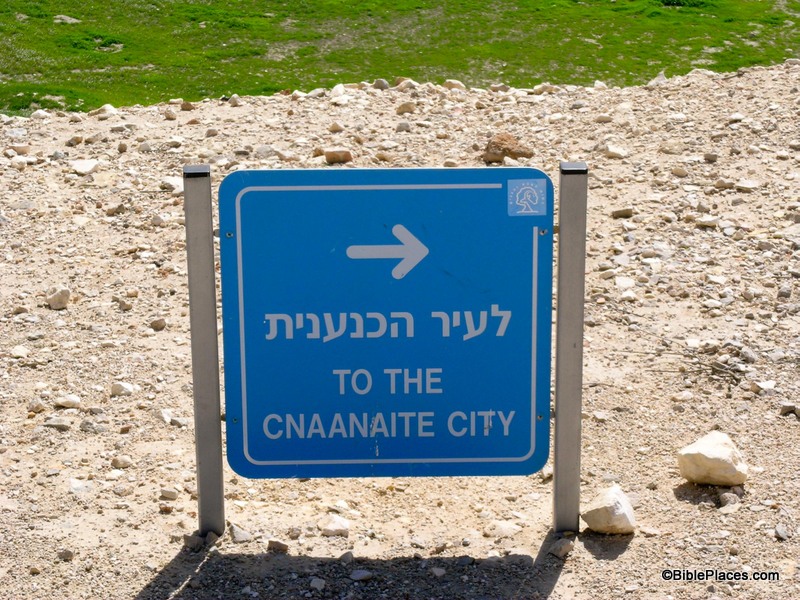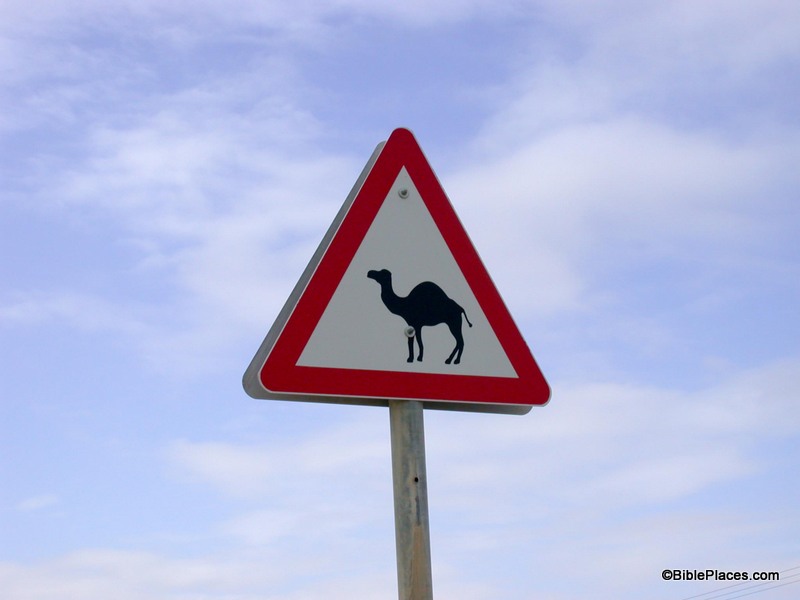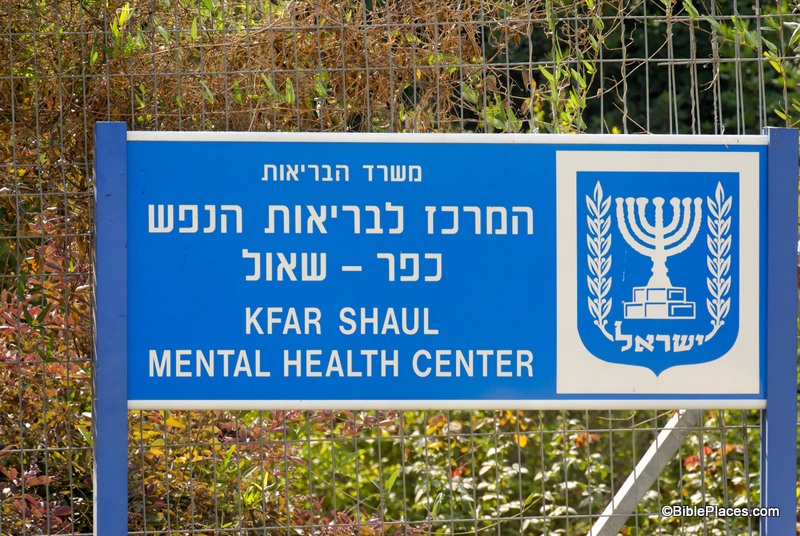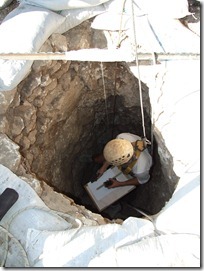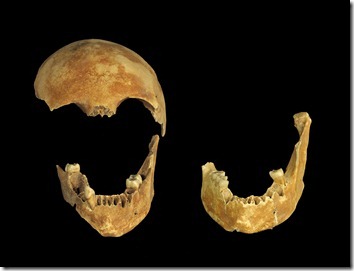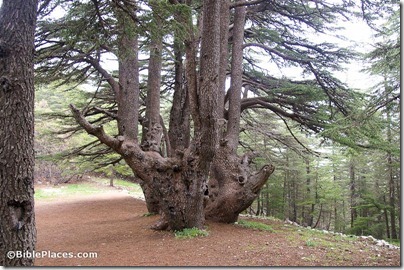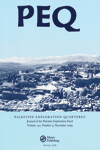(Post by Seth M. Rodriquez)
Perhaps the most curious volume in the revised and expanded Pictorial Library of Bible Lands is the last one: Volume 18, “Signs of the Holy Land.” If you have never visited the Holy Land, then you don’t know what you’re missing! If you have been there, then you can imagine what humorous (and not-so-humorous) signs you can find in this collection.
It goes without saying that English is not the primary language of any of the biblical regions today, so the charm of many of these signs lies in the fact that the grammar, spelling, and choice of words are frequently not the most eloquent. “This Holly Church,” “Danger of Death,” “You Are Hear,” and “Bewar of Loose Rocks” are just some of what you will find when you visit the Holly Land … I mean, Holy Land. Or perhaps you will run across this one:
With directions like these, it’s no wonder the Israelites had to wander in the wilderness for 40 years. (How do you even pronounce that?!)
Another source of their charm is in the cultural differences that they reveal. Some of these differences are rather serious: such as signs requiring modest clothing in certain areas, signs warning you of a mine field, or signs of Jews denouncing Arabs or of Arabs denouncing Jews. But some of these are quite humorous, such as “Temptation Restaurant” in Jericho (near the traditional Mount of Temptation), signs forbidding honking, an advertisement for windsurfing on the Sea of Galilee, and “Do not play soccer on the grass!” (You can just hear the municipality’s frustration with the local youth in that last one.) Or, one of my personal favorites, this sign for a camel crossing taken by Daniel Frese:
Perhaps we are not as far removed from the time of Abraham as we think we are.
Yet much of their charm comes from the fact that these are modern signs that often reference biblical people, places, and events. One of the values of visiting the Holy Land is that it helps you connect with the Bible in a unique way because you are there. You are in the same place where the drama of the Bible unfolded. Seeing road signs that reference the cities of Jerusalem, Bethlehem, Jericho, Nazareth, Tarsus, or Corinth drives home the point that you are in the land of the Bible. You also will see streets and shops named after biblical events or people.
Much of this volume of the PLBL is devoted to such signs. Biblical people, places, and events are part of the lifeblood of these cultures and this is evident in how they name things. Most of the time, these references are intentional and add dignity to a place. However, I’m not sure that the people who named the “Kfar Shaul (Village of Saul) Mental Health Center” really thought through all the biblical associations:
If only this place had existed in Saul’s day then maybe he wouldn’t have needed to hire David to play music for him (1 Sam. 16:14-16).
There are so many interesting signs in this collection that I couldn’t narrow it down to just one for this post, so once again I broke tradition by giving you three. And although this volume may be one of my personal favorites, you may be wondering, “What in the world would I use these pictures for?” So here are some ideas for you …
- Ice Breakers for a Lesson or Sermon
- Teaching Illustrations
- Humor
- Attention Grabbers
- Demonstrating the Relative Geographical Location of One Site to Another (using highway signs)
- Hebrew or Arabic Vocab Lessons and Tests (gleaned from real-life examples)
- Lessons in Jewish and Arab Culture
- Decorative Art for a Bulletin or Brochure
I’m sure the readers of this blog can think of more uses than that, and you are welcome to leave your ideas in the comment section. Until next time … drive safely, watch out for passing camels, and (as one sign in Cyprus puts it) remember that “Driving in the lake is forbidden.”
These and other photos of “Signs of the Holy Land” are included in Volume 18 of the Pictorial Library of Bible Lands and can be purchased here.
